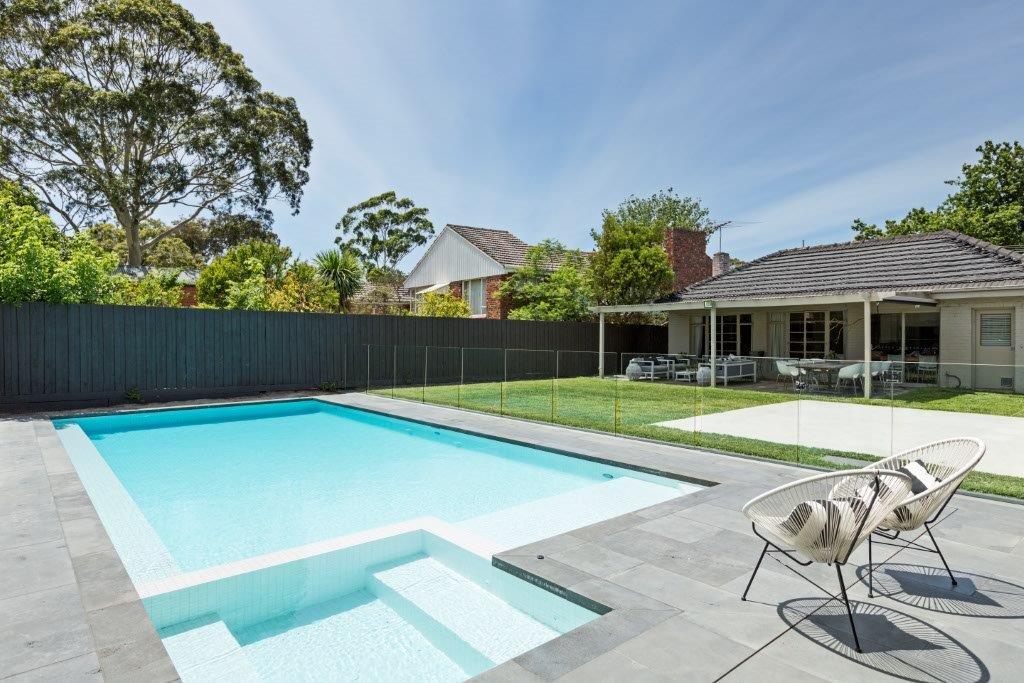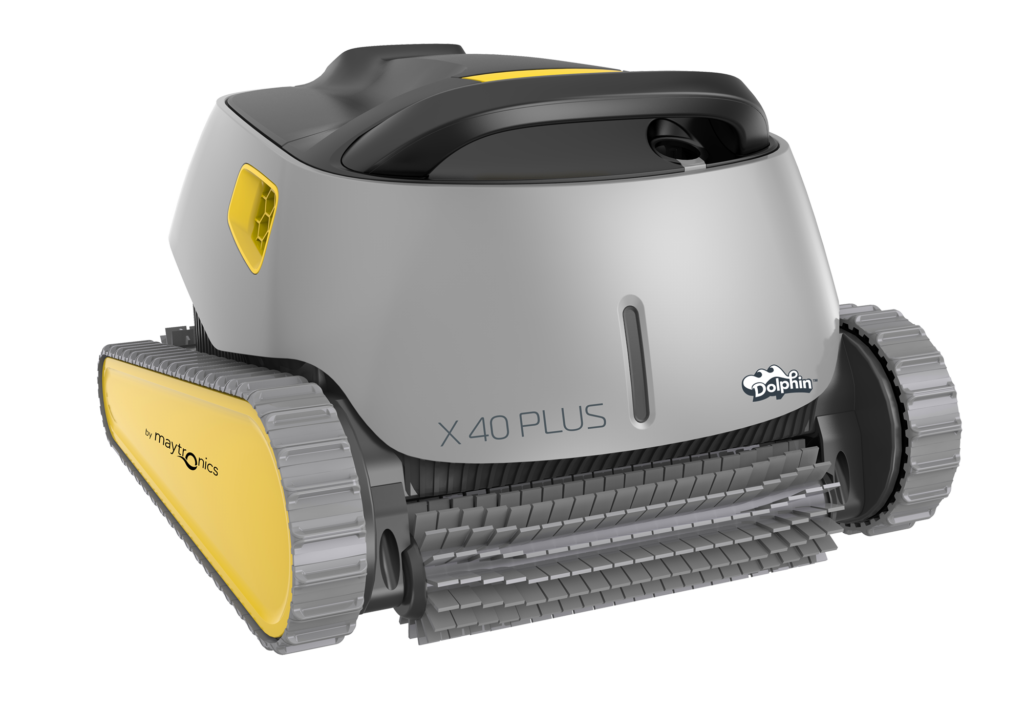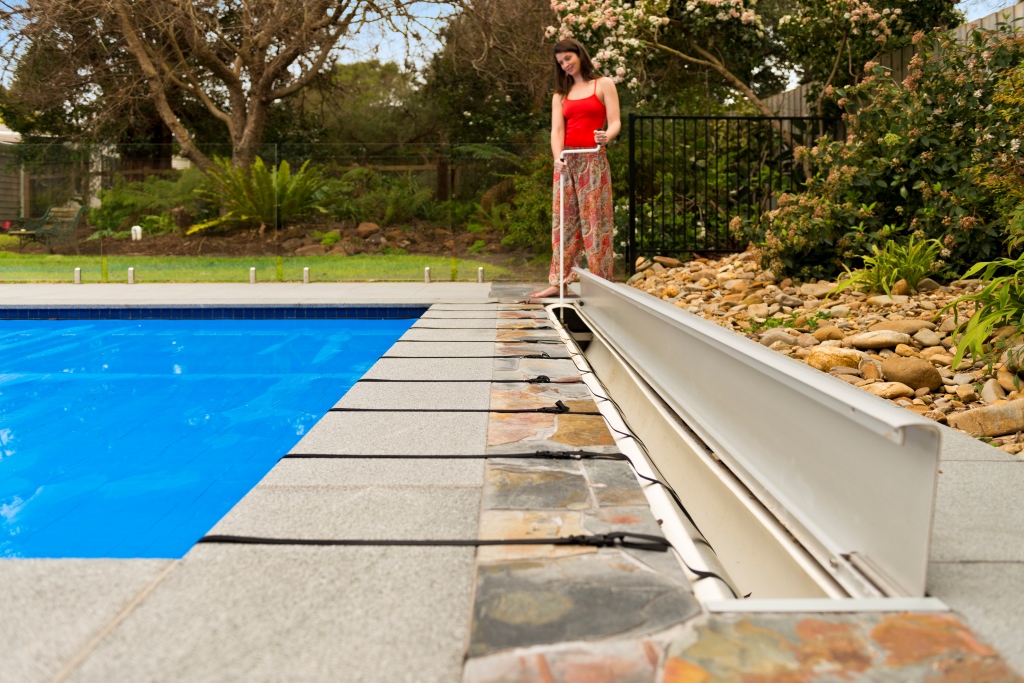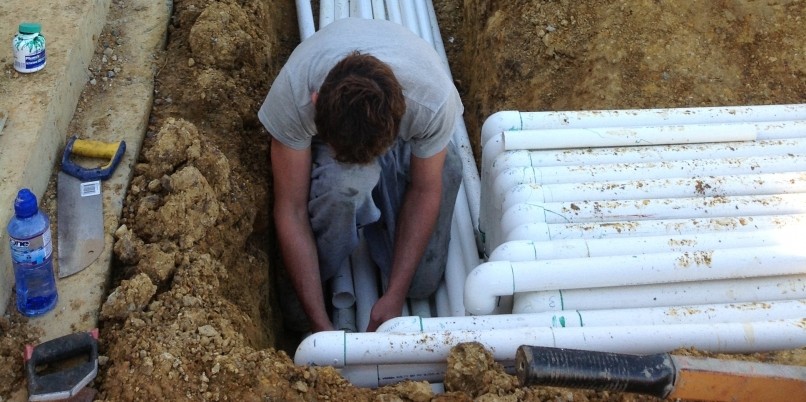In one way or another we are all consumers. To my mind swimming pools are conspicuous effigies for consumption. As a kid I always thought any friend of mine whose parents had a pool were wealthy beyond measure. As a (reportedly) grown up pool builder I still think pools are ace but not necessarily the providence of the rich and fabulous.
The cheapest concrete pool we build starts from $40k for a 6m x 3m fully customisable pool with solar heating, salt chlorination, waterline tiles and LED lights etc. There is nothing cheap about $40k but likewise there is nothing cheap about the pool we offer for this price. It’s heated, well lit with multi coloured lights, sanitised by an automatic chlorination system, and finished with tiles and paved coping. We could easily delete our standard inclusions and possibly lower the price to around $30k but we don’t want to build pools that are literally “nude pools”.
In-ground concrete swimming pools are the premium end of the pool market. As per the above, prices start from $40k and go well into the hundreds of thousands of dollars.

Pool service provisions, fencing and landscaping are an additional expense often adding 25% – 100% of the cost of the pool. This means that the $40k base pool we offer will as a project cost, often cost at least $50k allowing for fencing, services and landscaping.
The average price of a pool we build is around $75k, and I estimate most of our clients spend approximately 35% of the price of the pool on services, pool fencing and landscaping, resulting in a total spend of around $100k.
Key points:
- Well appointed concrete swimming pools start from $40k.
- The fencing and landscaping around a swimming pool may cost 25% or more than the cost of the pool.
- A budget of a $100k will allow you to build nearly any pool project as seen in our pool gallery.
For an accurate price estimate of the pool you’re planning, try our pool price calculator.


 “Natural” Pool Sanitation Systems
“Natural” Pool Sanitation Systems




